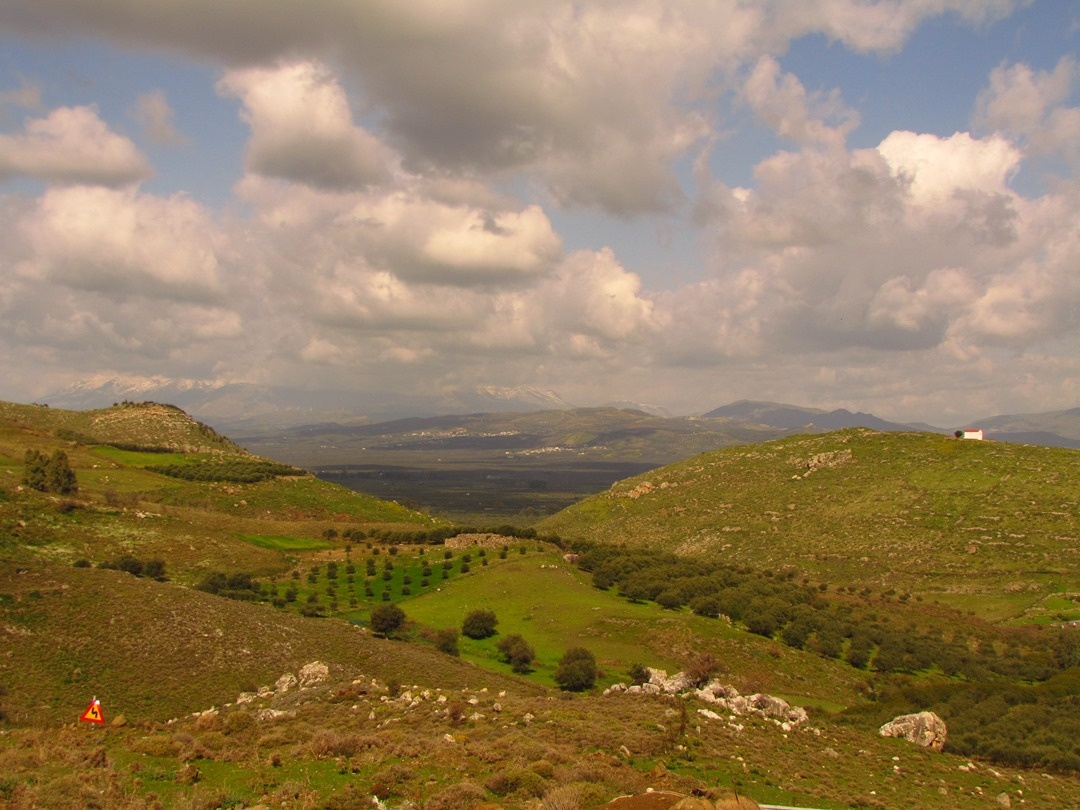
Rotasi (ancient Rhytion) is located on the northern slopes of the Asterousia Mountain Range, at the foot of the Asfentylia rising. It was one of the ancient cities of Central Crete in the Archaic – Hellenistic Period and one of the cities mentioned by Homer in the Iliad, as having participated in the Trojan War. In Rotasani Kefala there are now the ruins of the ancient city of Rhytion. Ancient tombs of various types dating from the Geometric art period (10th-8th centuries B.C.) to the Roman era have been found around the hill and lower in the valley.
The Geometric domed tomb excavated by N. Platon was a great discovery, as it had received more than 40 burials, and yielded an large number of vessels, as well as a sarcophagus and many iron weapons, pins, brooches, silver hairpins and one gold hairpin, and golden rings and foils of gold used to decorate the clothes of the dead. Part of the finds is exhibited at the Archaeological Museum of Heraklion. There are also noteworthy finds from Minoan times, such as the bronze tool and weapon hoard, found at Asprolivada location, in an area where a Minoan hamlet was discovered, as well as a number of impressive stone vessels made from serpentine at Livadeitis location. Part of a Roman settlement has been escavated at the ‘Kserokampos’ location. A Geometric cemetery has been discovered at ‘Ampasos’ and ‘Farmakara’,
Three churches from Venetian times (1211-1669) are located on Kefalas Hill, the church of Agios Evmenios (St. Eumenios) at the peak of which has been restored, the church of Agios Ioannis (St. John) on the eastern slope which is in ruins and the church of Agios Georgios (St. George) on the northern slope inside the village.
A lovely trail starts from the village, which has always connected it with the hamlet of Ethia. Signs and information can be found at the starting point of the trail.



